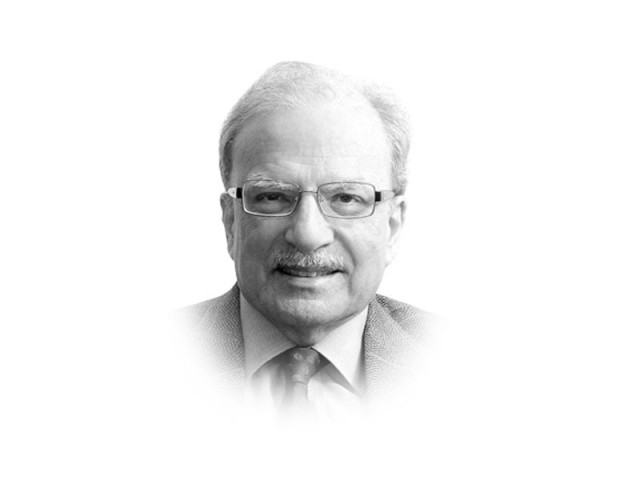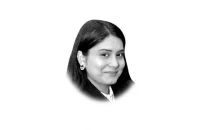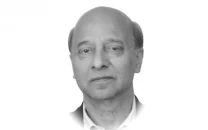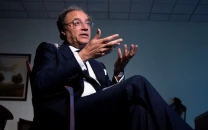Treatment of women in Pakistan
Pakistan does not treat its women well

The writer is a former caretaker finance minister and served as vice-president at the World Bank
Women’s low status in Pakistan has serious demographic consequences. The government’s optimism that the country had entered the phase of demographic transition has not been borne out by the census of 2017. It is estimated that the rate of growth in population was one-third higher than what the government had believed. It was 2.4 per cent rather than 1.8 per cent assumed in the Pakistan Economic Survey of 2016-17. The second surprise from the census’s finding is that the sex ratio in Pakistan has not adjusted to what is regarded as the demographic norm. In normal populations, the ratio of women in the total population is slightly higher than that of men. This is largely on account of women’s longer life expectancy. This has not happened in Pakistan and the reason is the relatively low status of women in the Pakistani society. As the impressive demographic transition in Bangladesh has shown, improving women’s standing in society has significant consequences for the birthrate. Bangladesh, once a part of Pakistan, has shown what can be achieved by improving women’s social and economic status in society.
The main factor accounting for women’s higher social status in Bangladeshi society is the rate of female participation in the labour force which, at 43.1 per cent, is almost double of Pakistan’s 24.3 per cent. This is largely due to the employment of women in Bangladesh’s large garment-making industry. Another factor is the level of female educational attainment. Once women enter the workforce, their need for education increases. In Bangladesh, 42 per cent of women aged 25 years and above have some secondary education compared to Pakistan’s 26.5 per cent. The sociological consequences arising from these two factors probably explain most of the significant differences in the status of the women in these two countries.
In Pakistan, parents appear to invest less on their daughter’s education because they expect higher labour market rewards from their sons — this is due to the expected parental dependence on their sons during old age. This creates discriminatory practices and accounts for lower school enrollment rates for girls. The empirical evidence from Pakistan, however, shows that the return on education is much higher for females than males, but the portion of the returns on daughters’ education that goes to parents is much lower than in the case of sons. Upon getting married, most women move from their parent’s household to that of their husband’s. This is the case in particular in rural areas.
Another factor that applies to women in general in Pakistan and elsewhere is time-poverty or time-paucity. Girls’ day is filled with activities that are not required of boys. In the households with many children, older girls are required to care for their younger siblings. With their time thus crowded, girls are unable to attend schools. The problem becomes more acute for women in the workforce as they are still expected to continue with their gender-related and culturally-defined domestic roles. Lower rates of fertility reduce the size of households and cuts down on the demand on girls for attending to young children. This is one of the many virtuous cycles that appear all over the demographic field.
The foregoing raises a number of questions, many of them relating to the making of public policy. How should girls’ access to education be improved is a question policymakers should ask. This can be done with a combination of government action and private initiative. Governments at various levels — in particular at the local level — should build schools for girls, bringing educational institutions nearer to home. This way, girls will not need to walk long distances to go to school. The private sector should be encouraged to provide small amounts of credit to women entrepreneurs, especially to those that employ women to increase their operations. Once these steps have been taken, local governments may levy fines on the households that still keep girls from attending school. These and other actions could be incorporated in “women’s social uplift programmes”, provinces should be required to formulate and implement.
The employment of women in Bangladesh’s large garment industry has made them relatively independent of men’s control. They have a greater say in deciding on the appropriate size of their families. Bangladesh performs better in terms of the social development of women compared to Pakistan.
Published in The Express Tribune, September 25th, 2017.
Like Opinion & Editorial on Facebook, follow @ETOpEd on Twitter to receive all updates on all our daily pieces.















COMMENTS
Comments are moderated and generally will be posted if they are on-topic and not abusive.
For more information, please see our Comments FAQ